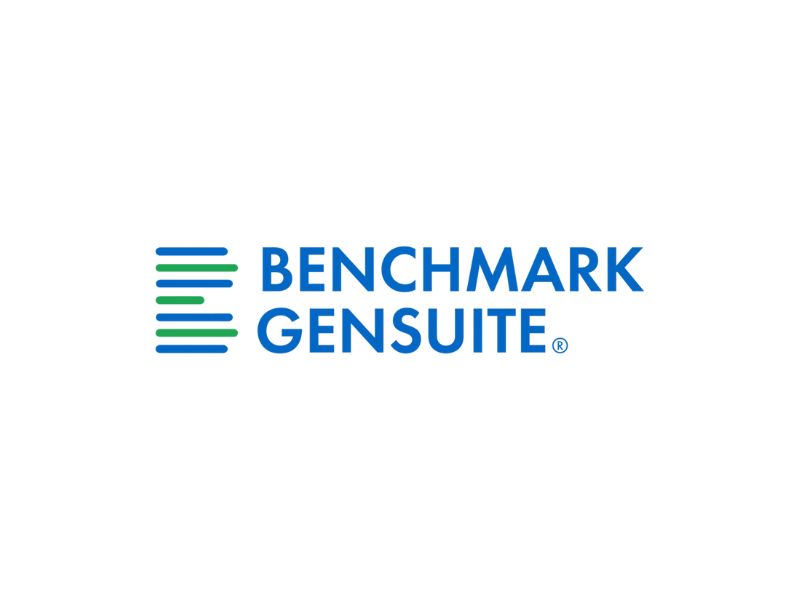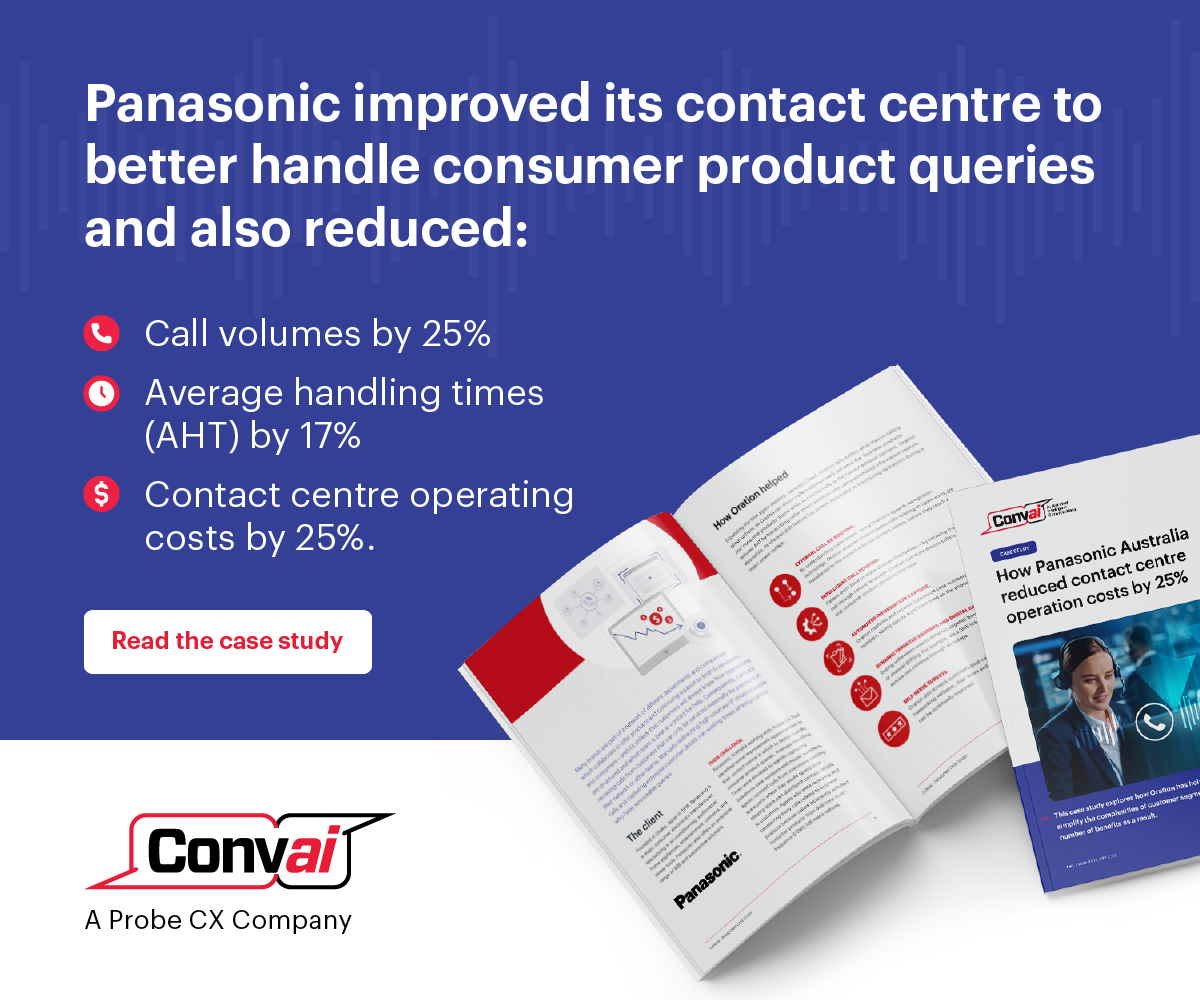Benchmark Gensuite, a pioneer in AI-forward digital solutions for EHS, Quality, Sustainability, and ESG, has officially announced a major enhancement for its SDS (Safety Data Sheet) System, focused on facilitating AI-powered chemical constituent indexing.
According to certain reports, this particular enhancement arrives on the scene bearing an ability to intelligently parse and add SDS content based on a PDF upload. More on the same would reveal how such a mechanism should really go the distance to streamline chemical approval workflows, enhance data accuracy, as well as accelerate operational efficiency for organizations currently in the process of managing complex chemical inventories and regulatory obligations.
For better understanding, Benchmark’s Genny AI’s advanced capabilities, purpose-built for SDS automation, are meticulously designed to eliminate manual data entry and improve traceability, while simultaneously empowering teams to manage chemical workflows with greater confidence and control.
As for how the company’s latest update improves upon the given proposition moving forward, we begin from an assortment of flexible constituent extraction options that pack together flexible options to suit diverse user needs like initiating a new chemical approval or refining existing data.
The newly-updated Genny AI platform can also intelligently parse SDS content to auto-populate constituent data, all for the purpose of reducing manual effort and speeding up approval timelines. Alongside that, users will have the option to selectively update constituent information without overwriting other form fields, thus ensuring precision and control in chemical data management.
The stated development further treads up a long distance to achieve a rather consistent and intuitive experience for all users, regardless of role or task.
Next up, we must get into the introduction of automatic PFAS alerts. As a result, constituents listed on any PFAS regulatory list will be flagged instantly during autofill or parsing. The idea here is to enable users in the context of taking immediate action and ensuring alignment with evolving global regulations.
Another detail worth a mention is rooted in the availability of one-click PFAS scanning. This translates to how a new “Check SDS for PFAS” button will basically empower users to scan SDS files for PFAS substances with a single click.
Joining that would be a line-up of dynamic regulatory updates that include real-time insights into potential PFAS risks so to strengthen compliance readiness and support safer chemical management practices across the enterprise.
Beyond that, there is the potential for leveraging automation to achieve operational efficiency and a meaningful reduction in overall costs. You see, having AI-powered constituent extraction and batch upload workflow in the mix effectively eliminates up to 80% of manual data entry labor.
It also comes in handy to process multiple SDS documents simultaneously, a feature which cuts down on chemical approval cycles from days to hours, irons out bottlenecks in procurement timelines, and allows organizations to reallocate human resources from repetitive transcription tasks to strategic initiatives. Beyond that, the underlying technology even improves data integrity and regulatory traceability.
Moving on, thanks to real-time PFAS flagging with automatic alerts, the solution in question is able to ensure 100% detection of high-risk substances before they enter facilities, and therefore, prevent inadvertent regulatory violations and potential litigation exposure. In case that wasn’t enough, dynamic regulatory updates also leverage the prowess of automation to accommodate new restrictions as they emerge.
Rounding up highlights would be a feature to facilitate future enhancements that will be again delivered automatically without imposing any implementation costs, whereas on the other hand, native integration with existing workflows puts any need for parallel systems out of the picture. Complementing that would be various performance improvements in the context of processing time, accuracy, and cost savings, each one geared towards supporting ROI tracking and unlocking future technology investments.













